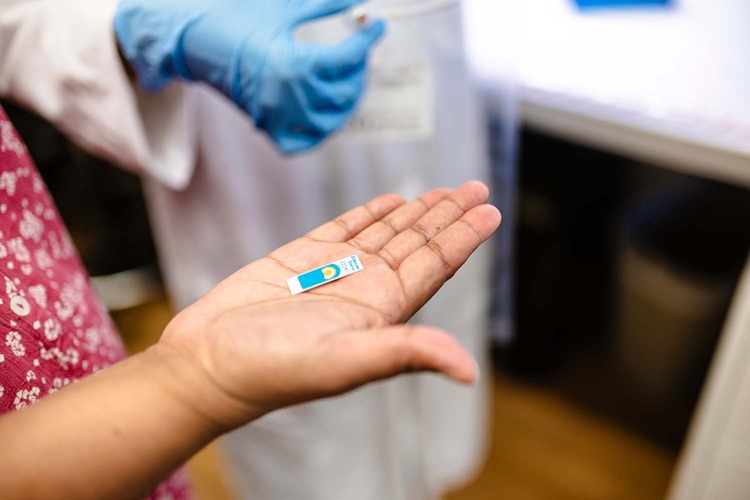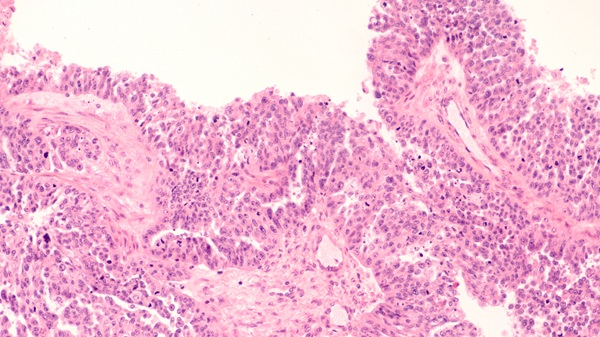Graphene-Based Sensor Uses Breath Sample to Identify Diabetes and Prediabetes in Minutes
Posted on 26 Aug 2025
About 37 million U.S. adults live with diabetes, and one in five is unaware of their condition. Diagnosing diabetes often requires blood draws or lab visits, which are costly and inconvenient. Researchers have now developed a new approach that uses a simple breath sample to provide results in minutes, offering a fast and inexpensive method to identify both diabetes and prediabetes.
The innovation comes from Penn State (University Park, PA, USA), where scientists have designed a graphene-based breath sensor. The device detects acetone, a natural byproduct of fat metabolism, exhaled in breath. Everyone produces acetone, but levels above 1.8 parts per million indicate diabetes risk. Unlike earlier glucose sensors that required sweat or lab analysis, this method only needs a patient to exhale into a bag for quick on-site results.

The sensor was built using laser-induced graphene, a porous material created by burning polyimide film with a CO₂ laser. To improve selectivity, the researchers combined graphene with zinc oxide, forming a junction that made the sensor more effective at detecting acetone molecules. A special membrane was also added to block water vapor, which could otherwise interfere with readings.
Currently, patients must breathe into a bag to ensure accurate measurements without interference from environmental airflow. The study, published in Chemical Engineering Journal, confirmed the sensor could reliably detect acetone levels linked to diabetes and prediabetes. This proof-of-concept demonstrates a potential noninvasive alternative to blood-based diagnostics.
Going forward, the researchers aim to design a version of the sensor that works directly under the nose or inside a mask. They also see opportunities to expand its use, such as monitoring how acetone levels fluctuate with diet and exercise. Such insights could broaden the device’s applications beyond diabetes to general health tracking.
“While we have sensors that can detect glucose in sweat, these require exercise, chemicals, or a sauna, which are not always practical,” said Huanyu “Larry” Cheng, associate professor of engineering science and mechanics at Penn State. “This sensor only requires that you exhale into a bag, dip the sensor in, and wait a few minutes for results.”
Related Links:
Penn State




 assay.jpg)









